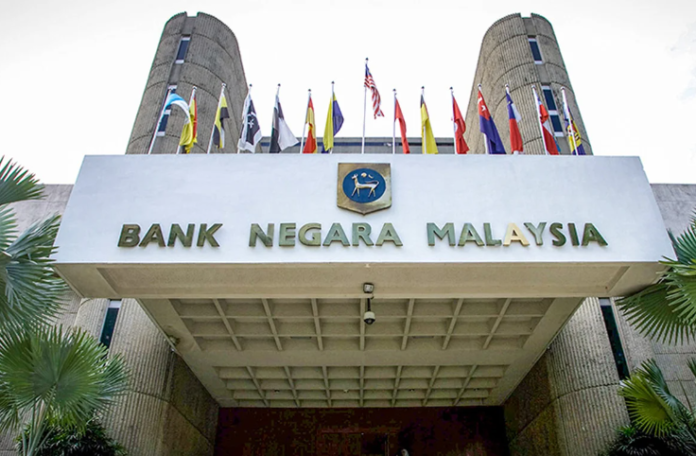KUALA LUMPUR, Nov 14 — The flexible ringgit exchange rate plays an important role in reducing the impact of external shocks on domestic economic activity, said the Ministry of Finance (MoF).
Thus, Bank Negara Malaysia (BNM) will continue to manage risks from domestic and external developments to deal with volatility in the foreign exchange market and be prepared to use its operational policy instruments to ensure orderly market conditions.
“BNM as the central bank responsible for the stability of the financial and currency markets will always ensure that the adjustment of the ringgit is in order,” said the ministry in a written reply posted on the parliament website today.
The MoF was answeriing a question from Pang Hok Liong (PH-Labis) who wanted to know if the ringgit will continue to experience pressure in the long term.
The ministry said the restoration of world market stability, improvement in investor sentiment and excess foreign exchange receipts influenced by the country’s core economic activities are expected to strengthen the value of the ringgit.
“As a trading country with an open economy, the demand for the ringgit will continue to be influenced by global factors,” it said.
Elaborating on the factors that put pressure on the local currency, the ministry said the depreciation of the ringgit experienced in the near term was largely driven by global developments, particularly the strengthening of the US dollar and the uncertainty of China’s economic growth.
It explained that regional currencies such as the Japanese yen, Thai baht, Korean won, Chinese renminbi and Philippine peso had also experienced a downward trend compared to the US dollar this year.
Replyng to a question from Wan Hassan Mohd Ramli (PN-Dungun) regarding the comparison of the value of the ringgit with the currencies of Asean countries, the MoF said the value of the ringgit had decreased by 7.3 per cent compared to the US dollar as of Nov 2, 2023.
The decline is in line with other Asean currencies such as the Thai baht which also declined by 3.8 per cent, the Indonesian rupiah (-1.8 per cent), the Singapore dollar (-1.8 per cent) and the Philippine peso (-1.5 per cent).
“For the second half of the year, although the ringgit still depreciated by 0.9 per cent against the US dollar, it has recorded a better performance compared to the currencies of neighbouring countries such as the baht.
“The nominal effective exchange rate of the ringgit (NEER), which is an index that measures the performance of the ringgit against the currencies of Malaysia’s main trading partners, also showed a stable position in the third quarter of 2023, increasing by 1.0 per cent,” it said.
















